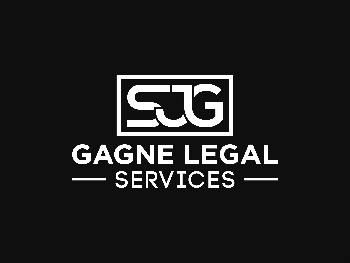[ad_1]
One of the most stressful and challenging situations for many service providers is how to get chatty customers to come to the point. They may be regular clients, even big clients, but you only have so much time.
The temptation is to say “Look, I really have to go now. I’m very busy.” The implied comment is “You’ve clearly got too much time on your hands. I haven’t. My time is valuable and I’ve more important things to do than talk to you.”
Not the best way to maintain a positive relationship with your customers!
Most people understand when you are busy and are considerate of your situation. It’s the ones who aren’t that create a delicate situation for you to deal with.
It can be worse over the phone. The other person can’t see your predicament and you aren’t able to use body language to help. You wait anxiously for the caller to take a breath so you can cut in and explain that you have to go. But some talkative people seem to manage to keep going without taking a breath. Maybe they’ve learned how to breathe through their ears because they don’t use them for anything else.
The same problem occurs with customers who are unhappy about something. They may go on and on repeating the same thing or going over irrelevant information. There is only so much listening and showing empathy you can do. There comes a point when you have to take control for the good of the customer as well as your own sanity. However, your customer may be on a short fuse and is unlikely to take kindly to being cut short.
Active Listening
The solution in both cases is to use a technique that makes people feel important while at the same time giving you back control of the conversation. The technique is Active Listening which you may not expect to be effective when you want to stop someone talking or get them to the point. Let’s look first at what it involves.
Active listening is a two-stage process
1. Attending
Being attentive and letting the talker know that what they are saying is important to you.
2. Confirming understanding
Checking that what you think you have heard is what they think they have told you. This involves paraphrasing, putting the talker’s main points into your own words, and reflecting them back in the form of a closed question. For example, “So, you were told that someone would phone you on your home number if the delivery was going to be held up. Instead a message was left at your office and you didn’t receive it till you went in the next day. Is that right?”
This vital communication technique is also a great customer service weapon. Most people feel that their partners don’t listen to them, their children don’t listen to them, their boss doesn’t listen to them and here you are demonstrating with your listening skills that what they are saying is important. It’s the greatest compliment we can pay someone.
This active listening technique is also the safest way to cut short over-talkative people, get them to the point and take control of the conversation without offending people. This then allows you to get on with the multitude of other things you need to get done that day.
Here are a couple of examples of how it can work.
Scenario One
Over the phone the caller is digressing from one topic to another in between talking about their recent illness and the weekend sport. All this is happening in an amazing stream of words without pause. You cut right in while they are in mid-sentence and say “I’m sorry to interrupt but earlier you were saying that you’ve almost run out of XYZ bearings. I’d better check the availability because I wouldn’t want you having unnecessary production downtime. Is there anything else you need to order, today?”
Now your reason for cutting short the call isn’t because your busy, it’s because you are going to do something for them.
Scenario Two
A customer is complaining that he was promised his delivery yesterday. It didn’t happen and now he’s been sent the wrong order. You need to get onto this, find out what has happened and arrange for the problem to be fixed (and deal with a thousand other problems). But you can’t because now the customer is going on and on in great detail about all the other things that have gone wrong in his 22 years of dealing with your company. You’ve acknowledged his grievances, you’ve shown empathy, you’ve allowed him to let off steam and you are no nearer to dealing with his problem.
Cut in on him with a comment like “I’m sorry to interrupt Mr.Merchant because I know how frustrating this must be for you. Can I just check, you mentioned earlier… and you placed your order on… by email? I’ll just check what happened with our Despatch Section. The sooner we can get the right goods out to you the better. Can I phone you back when I’ve got the information or would you prefer me to speak to your secretary?”
Again, you have focussed on what the customer has told you, not on how busy you are. Yet, the result is that you ‘escape’, get the opportunity to solve the customer’s problem and get on with the rest of your working day.
[ad_2]
Source by Jurek Leon
